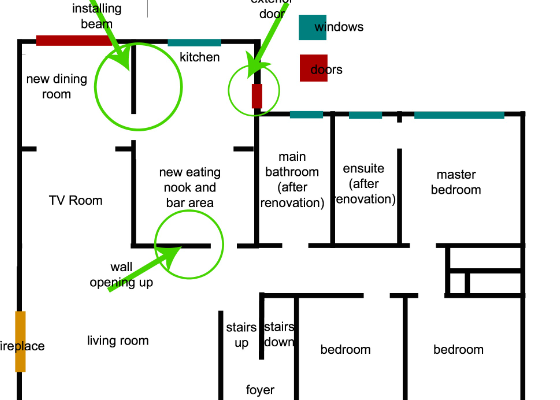The recruitment landscape is ever-changing and the competition for top talent is fierce. To attract the best candidates you need to constantly be prospecting, have a great marketing strategy, invest time in networking activities and use the right tools to help increase your recruiting agency’s productivity. Using a great recruiting agency ATS & CRM system like recruiterflow can improve your agency’s productivity, help you make data-driven hiring decisions, and drive significant business growth. While ATS vs CRM tools each offer their own benefits, they compliment each other and are most effective when both used in one platform. as each tool focuses a specific function within the hiring process
Table of Contents
What is an Applicant tracking system?
An Applicant Tracking System, also known as an ATS or talent management system works as a repository for all candidate information. It is also a workflow automation tool that tracks the candidates progress across the entire recruitment journey and manages the application process. Apart from creating and managing a talent pool like a CRM, an ATS can also help you with:
Here are some features of an ATS system:
1- Post your jobs on job boards
An application tracking system can save you plenty of time by automatically posting your jobs on all job board platforms like LinkedIn, Indeed, and more for free. With a single click, your job post can be widely distributed and candidate information will be received straight on your dashboard. The system also creates a unique URL for each job you can also track where applicants are coming in from and modify your distribution strategy accordingly.
2- Social sharing
Job boards are not the only place where prospective talent looks for job openings. Many candidates frequently look to social media to find open roles. In addition to career pages, an Applicant Tracking System can also post open roles to several social media channels to attract more candidates and give your jon posts increased visibility.
3- Applications Sorting
The ATS system will compile all candidate applications from the different job boards into one single database. All your applications can then be quickly viewed, sorted through and shortlisted. This feature drastically cuts down time and efforts of recruiters and allows you to focus on finding the right fit for open job roles.
5- Interview Scheduling
Using your Applicant Tracking System, you can automate the entire scheduling process and quickly and easily set up calls and interviews with candidates in your pipeline. Your g suite or office 365 calendar can be synced with the system, eliminating the need for back and forth messaging to fix a time/date. The integrated scheduling tool will also automatically send a reminder to both recruiter and the candidate before the interview starts. This dramatically reduces no-shows, saving you time and frustration.
5. Collaborating
The ATS system allows recruiters to easily collaborate with team members, share applicant information and give each other feedback, rate candidates, leave comments and share notes.
What is a CRM system?
A Customer relationship management system or CRM, on the other hand, brings together all the elements of candidate experience. With a CRM system, you can create talent pools, effectively personalise all your communication with candidates, and work on building and nurture relationships with both active and passive talent. This is why we review ATS vs CRM: because both are needed in a business environment.
Here are some features of a CRM system:
1. Creating and segmenting a talent pool:
With a recruitment CRM tool, you can build a talent pool of candidates that are not currently being shortlisted for a particular open role, but who might fit other opportunities within your recruiting niche in the future. that either fit the open roles or the company culture. Building a talent pool on a CRM will help you fill open roles faster, without have to manually filter through spreadsheets and data. The CRM system also lets you filter, categorize, or segment the candidates in any way you want for quick referencing.
2. Automated personalized communication
Using an efficient CRM tool will help recruiters effectively manage communication with clients and candidates. A recruitment CRM can automate email campaigns to inform candidates of the current job openings, company events, or any other recruitment drives.
The CRM tool also allows companies to automatically send updates to candidates about their progress, send follow up emails, reminders and more. This helps keep candidates informed about the recruitment process while also eliminating the need to manually keep track and follow up.
Put simply, your ATS is a workflow tool that tracks and manages candidate applications, allows your team to efficiently access all collected data from a single platform and easily sort and filter through the database to find relevant information as needed. The CRM system offers personalization tools for you to build and nurture client and candidate relationships, and create talent pools of all passive and active candidates. Together, the two work as a complete talent intelligence hub. By using a software that integrates both ATS vs CRM, recruiters will be well equipped to make great hires that drive business growth.





